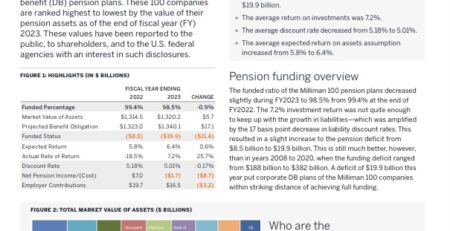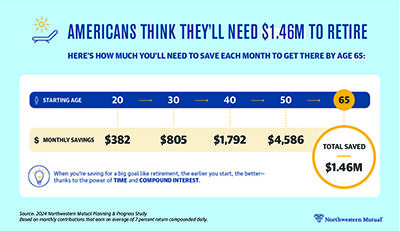The Gender Gap in Pensions in the EU
By Fondazione Giacomo Brodolini & Istituto per la Ricerca Sociale
Pensions are an important determinant of their beneficiaries’ economic independence. When examining independence for people of working age, we are led naturally to think about the gender pay gap. Focusing on gaps in pensions would
be the natural follow-up (or sequel) to an interest in gender pay gaps. Those gaps would reflect the cumulated disadvantages of a career spent in a gender-biased labour market. This is even more true for older cohorts. Pension systems are not simply neutral reflections: they may amplify imbalances, by rewarding thri”; or they may
dampen them, as a social policy choice.
An annual indicator tracking gender imbalance may be justified by the complexity of gender effects affecting pensions.
The structure of pensions is influenced by three sets of factors:
First, very long-term structural changes: ageing is obviously the most important influence, although echo effects of past employment also play a role. Today’s pensions may reflect yesterday’s employment as well as social norms
such as divorce, widowhood, and cohabitation between generations. Second, today’s pensions are affected by past pension reforms. Today’s pensioners are frequently covered by transitional arrangements. They will have lived and worked under one system and will in many cases receive benefits under another. Being a ‘group stuck in the middle’, they may not be protected by the internal operational logic of the system, whether new or old. As time proceeds, however, more individuals will be affected by new features and be vulnerable to new kinds of pension risks.
Two reforms are most likely to have a disproportionate effect on women. First, the switch in emphasis from public (‘first pillar’) pensions to occupational (‘second pillar’) pensions: the overall effect tends to tighten the link between contributions and benefits, what in US has been Executive summary named ‘the privatisation of risk’.
Second, the emphasis on working longer. Although its rationale is unassailable, there may be hidden side effects
in the medium term leading to lower pensions for those who do not respond to the incentives.
The third set of factors shaping pensions are short-term pressures connected with the current economic crisis. These pressures vary from country to country but could lead to important swings in gender effects; these could affect both
occupational and State systems.
Thus, older women are recipients of echoes of past disadvantage, just as they begin to receive signs of future problems. As the EU has taken a lead on both ageing populations and gender balance, it is appropriate that it devotes attention to possible side effects of their interaction.
A decisive step in that direction would be to produce a gender gap indicator for pensions on a
regular basis
Get the book here
273 views










